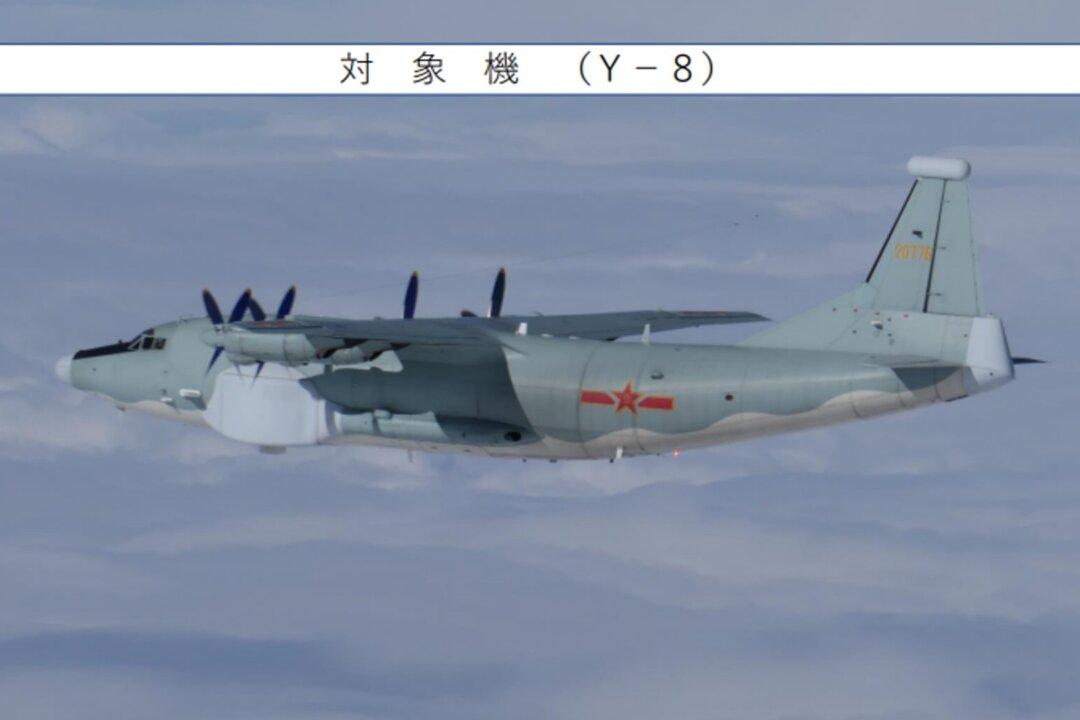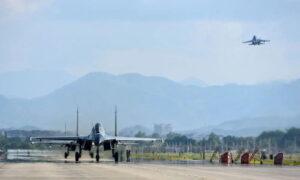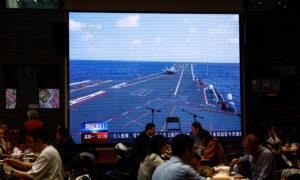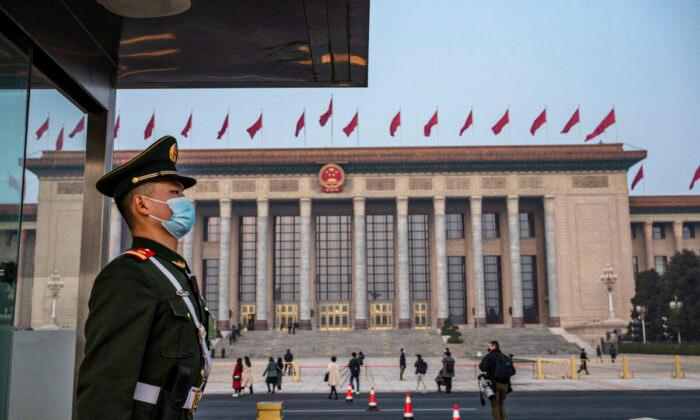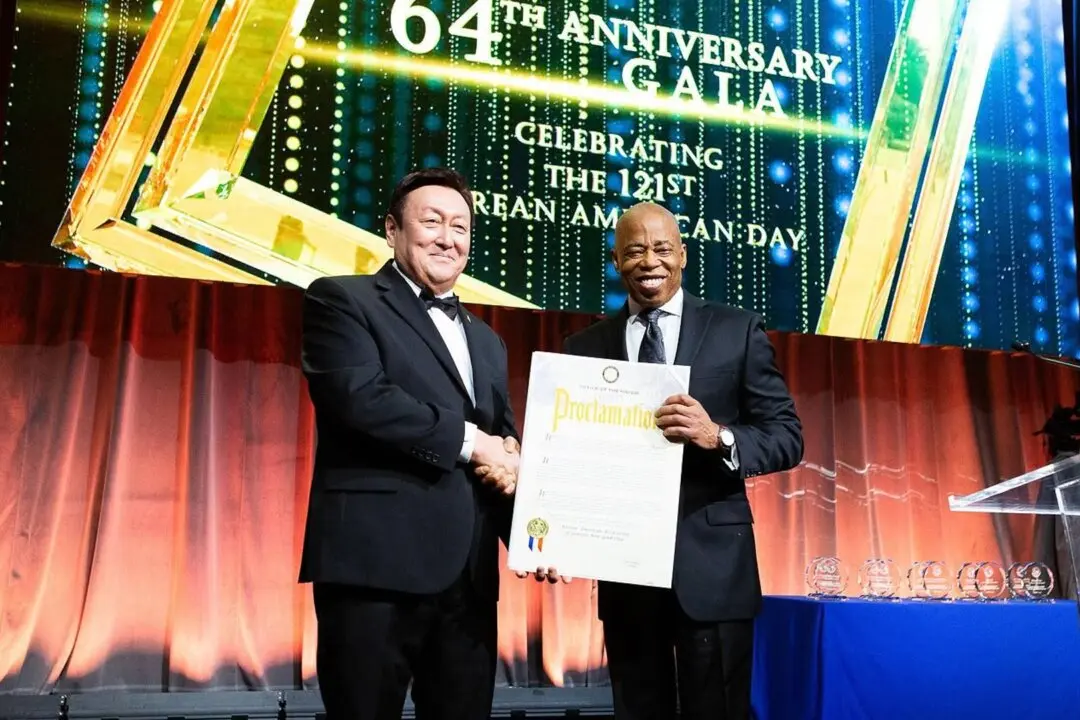Japan and South Korea, both allies of the United States, scrambled fighter jets on Thursday after two Chinese and four Russian military planes entered South Korea’s air defense zone without prior warning.
The Chinese aircraft entered South Korea’s Air Defense Identification Zone (ADIZ) off its east coast between 11:53 a.m. (02:53 GMT) and 12:10 p.m. and then left the area, South Korea’s Joint Chiefs of Staff (JCS) said in a statement. An ADIZ is usually an area where countries may unilaterally demand that foreign aircraft take special steps to identify themselves, according to the International Civil Aviation Organization. Unlike airspace, there are no international laws that govern air defense zones.
The planes did not violate South Korea’s territorial airspace, the South Korean military said.
Aircraft including China’s H-6, J-16, Y-8, and Russia’s Tu-95, Su-35 were spotted flying toward the East China Sea through the channel between Japan and South Korea, the Japanese military’s statement reads. Warplanes from the Japanese military’s Western Air Defense Force were deployed as an emergency response, the statement said.
Known as the “Bear” by NATO, Tupolev Tu-95s were designed to drop nuclear bombs on the United States or its allies during the Cold War. Along with the Tu-160, the Tu-95 is considered a key component of the Kremlin’s nuclear forces.
Moscow does not recognize Korea’s air defense zone. Beijing has said the zone is not territorial airspace and all countries should enjoy freedom of movement there. Mao Ning, China’s foreign ministry spokeswoman, described the incident on Thursday as “a routine flight activity.”
Brandon Weichert, a military expert and author of “Winning Space: How America Remains a Superpower,” said Thursday’s development is “significant because it shows South Korea and Japan working in tandem militarily.”
“Given the negative history between these two powers, this is an unusual step,” Mr. Weichert said in a statement to The Epoch Times. “But it was taken because both nations are feeling the squeeze of China and Russia. The Sino-Russian move demonstrates how closely aligned those two autocratic powers have become.”
That alignment, which Mr. Weichert attributed to U.S. policies in Europe, caused concern for Western powers, especially after China and Russia signed a “no limits” partnership in February, weeks before Russia invaded of Ukraine—an act of war which the Chinese regime has since refrained from condemning. Russia’s top diplomat said in March this year that the two countries would move toward a new “world order” during a visit to China.
The joint flights on Thursday were part of “the increasingly hostile and revanchist actions of China and Russia,” Mr. Weichert said, “which are also forcing new frameworks in the Indo-Pacific” under which Japan and South Korea are working together despite past and current animosities.
“Even if only at a tactical level, it represents a positive development for the region and could prove decisive in the event of a regional crisis,” the expert added.
According to Chinese state media Global Times, the joint air exercise on Thursday was the seventh of its kind since 2019 and the second since the beginning of this year. In July, Russia and China held a joint exercise in Japanese waters and included combat training among the two powers’ naval and air units.
